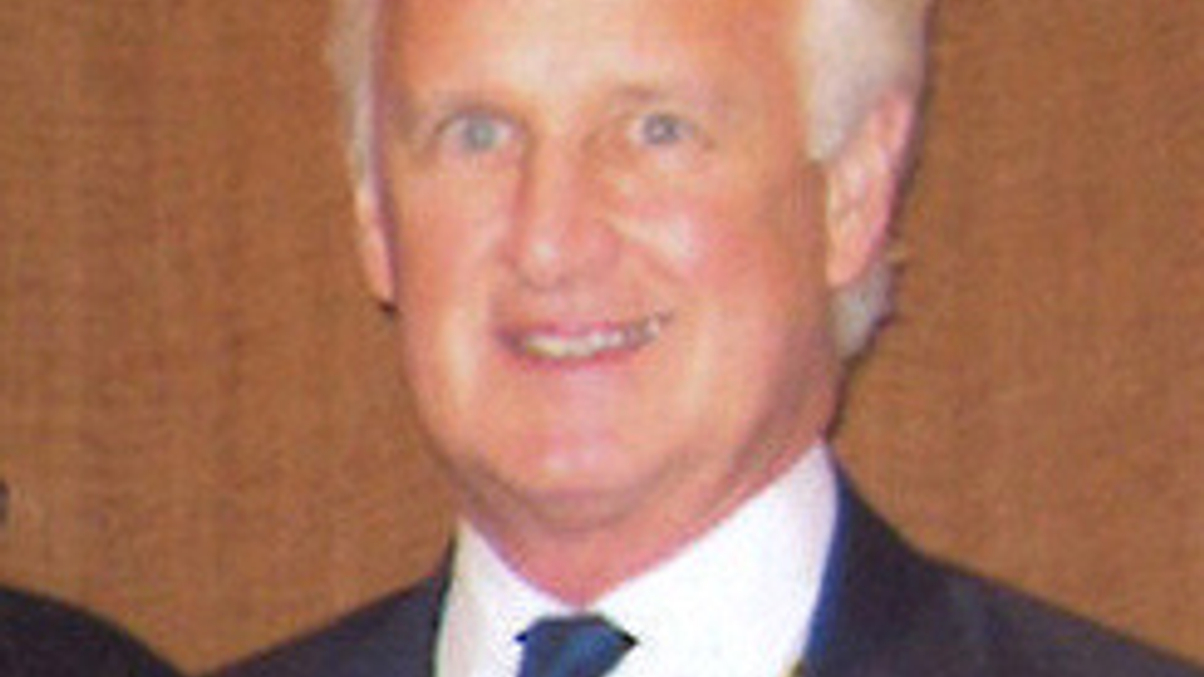Institutions demanding more of Asian hedge funds: K2
The region's hedge funds and funds of hedge funds must evolve to suit the needs of big-ticket investors, says K2's James Rice.

Asian hedge funds – and the funds of funds that allocate to them – need to continuously evolve to suit the needs of institutional investors, says James Rice, head of the international group at US-based K2 Advisors.
Sign in to read on!
Registered users get 2 free articles in 30 days.
Subscribers have full unlimited access to AsianInvestor
Not signed up? New users get 2 free articles per month, plus a 7-day unlimited free trial.
¬ Haymarket Media Limited. All rights reserved.


